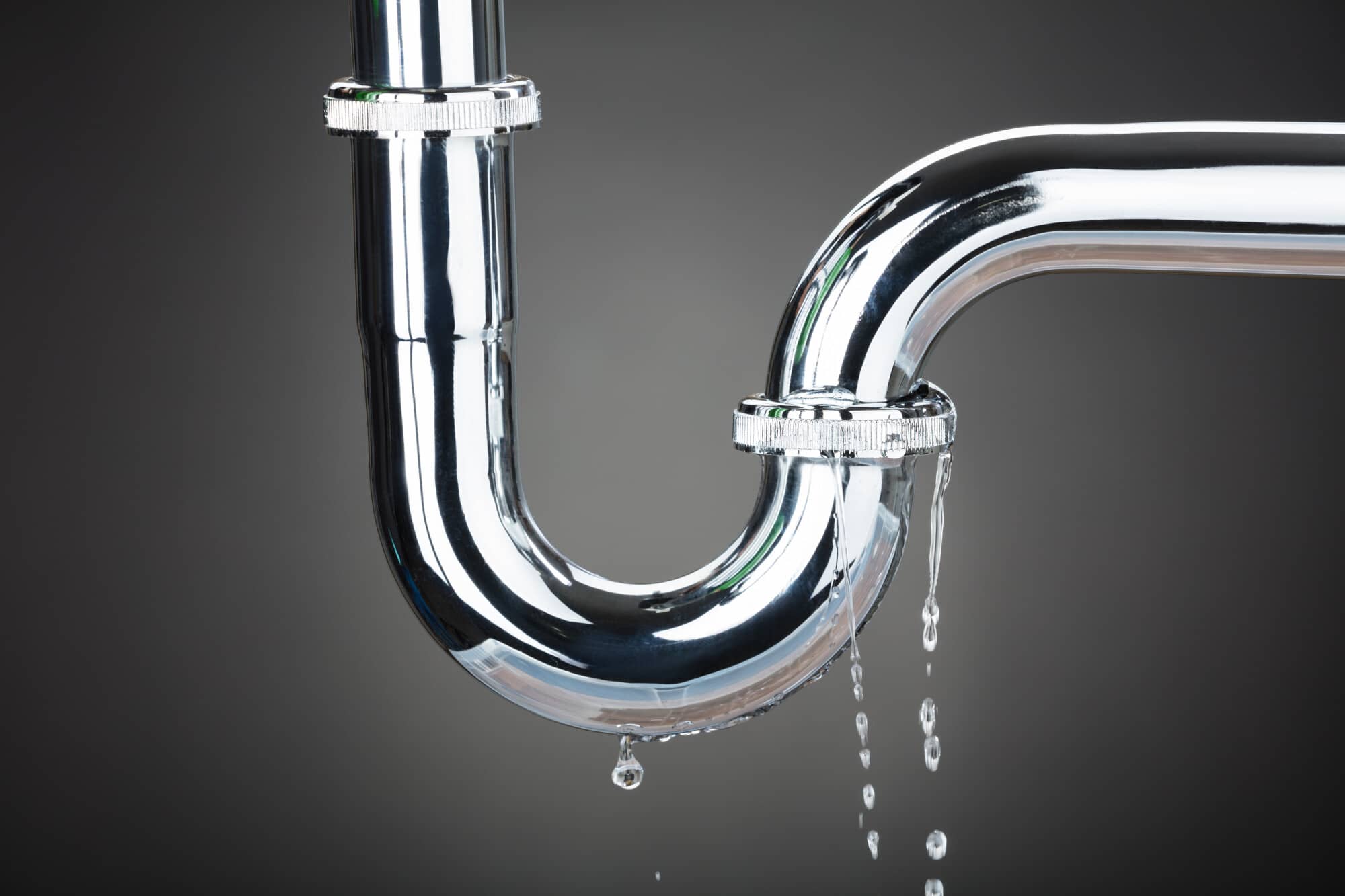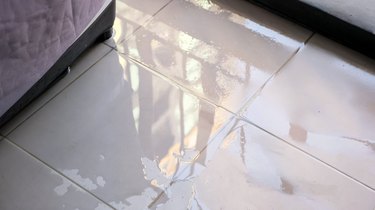What are your thoughts and feelings about How to Repair and Prevent Bathroom Water Damage??

Water damage often happens in the washroom as a result of the water utilized daily. Sometimes, the damages could be a little mold and mildew from the shower. Various other times, it's enormous damage on your flooring. Whatever it is, it is always excellent to understand the reason and also avoid it before it happens.
This guide will undergo some of the typical root causes of water damage in the bathroom. We will also analyze what you can do to avoid these causes from damaging your shower room. Allow's dive in.
These are the usual factors you would certainly have water damage in your washrooms and how you can detect them:
Excess Moisture
It's trendy to have that long shower and sprinkle water while you dance around as well as act like you're performing, however in some cases these acts can trigger water damage to your washroom.
Splashing water around can create water to go to corners and create molds. View exactly how you spread out excess wetness around, as well as when you do it, clean it up to avoid damage.
Cracks in your wall floor tiles
Washroom wall surface floor tiles have actually been particularly developed for that purpose. They shield the wall surface from wetness from people taking showers. Nevertheless, they are not unbreakable.
Occasionally, your washroom wall floor tiles crack and also allow some wetness to leak right into the wall surface. This can possibly ruin the wall if you do not take any type of action. If you observe a split on your wall surface ceramic tiles, fix it quickly. Do not wait up until it destroys your wall surface.
Overruning commodes and also sinks
As humans, occasionally we make mistakes that could cause some water damage in the shower room. For example, leaving your sink tap on might trigger overflowing and damage to various other parts of the washroom with dampness.
Additionally, a damaged commode can trigger overflowing. For example, a busted commode take care of or other parts of the cistern. When this takes place, it might damage the flooring.
As soon as you notice an overflowing sink or toilet, call a plumbing to aid handle it promptly.
Burst or Dripping Pipes
There are lots of pipes lugging water to different parts of your shower room. Some pipelines take water to the toilet, the sink, the faucets, the shower, and numerous various other places. They crisscross the small location of the washroom.
Every so often, these pipes might get rusty and also burst. Various other times, human action could create them to leak. When this takes place, you'll locate water in the corners of your bathroom or on the wall.
To find this, watch out for gurgling wall surfaces, mold and mildews, or mold. Call an expert emergency situation plumbing professional to repair this when it occurs.
Roof covering Leaks
Occasionally, the trouble of water damage to the washroom could not originate from the restroom. For instance, a roofing leak can trigger damage to the washroom ceiling. You can detect the damages done by checking out the water spots on the ceiling.
If you locate water discolorations on your ceiling, examine the roof covering to see if it's harmed. After that, call a specialist to help solve the issue.
Verdict
Water damage to your shower room can be frustrating. Nevertheless, you can manage it if you protect against several of the reasons discussed in this guide. Call a specialist emergency situation plumbing professional if you notice any kind of extreme damage.
How to Repair a Water-Damaged Wall in the Bathroom
All you need to know to repair bathroom wall water damage – from identifying the water source to finishing the repair professionally. If you don’t act quickly to resolve a water damage problem, you could find that it develops into a mold issue and/or cause structural damage to your home. Follow this guide to repair your bathroom before it's too late.
All you need to know to repair bathroom wall water damage
Water damage is a common household problem, and one that, if left unrepaired, can quickly lead to structural problems and health issues. The two most likely rooms where water damage may occur is the bathroom and the kitchen – where water is used often and there is high humidity.
What is water damage?
It is easy to think of water damage as caused by a flood or leaking tap or burst water pipe. However, when water damage is assessed, there are three main categories into which water falls (as classified by the American National Standards Institute). These categories are defined as:
Category 1 Water – ‘Clear Water’
This is sanitary water. There is usually no major threat to health by washing with this water, drinking it, or inhaling if it is streaming. Most water that enters your home will be category 1 water, while most water leaving your home will be either category 2 or 3 water. It may also come from melting snow, rainwater and water tanks.
Damage caused by this type of water can usually be repaired or restored, though this doesn’t mean that there are no potential health issues.
Category 2 Water – ‘Grey Water’
This is contaminated water – sometimes considerably so – and will cause illness if consumed or if it comes into contact with your skin. Water damage in this category is often caused by overflows from toilet bowls, and damage to washing machines and dishwashers. While damaged items might still be repaired or restored after damage by grey water, it is more difficult and more expensive to do so.
If the water damage in your home has been caused by grey water, it is advisable to have repairs made by professionals.
Over time, grey water will deteriorate and become black water.
Category 3 Water – ‘Black Water’
Category 3 water, also known as black water, is highly contaminated and a great risk to health. This may contain raw sewage, heavy metals, and other toxic substances. It will smell terrible.
If this is the water that has caused damage in your bathroom, do not touch it. Stop the water flowing if possible, seal the room and call the experts: it really isn’t worth the risk of ill health and disease that could be fatal. It is very unlikely that items can be repaired or restored if they have been damaged by black water.
https://www.porterscleaning.com/blog/how-to-repair-a-water-damaged-wall-in-the-bathroom/

I hope you enjoyed our post about How to Repair and Prevent Bathroom Water Damage?. Thanks so much for taking a few minutes to read our blog. Do you know about anybody else who is involved in How to Repair and Prevent Bathroom Water Damage?? Why not promote it. Thank you for taking the time to read it.
Call Us Now
 Scott Baio Then & Now!
Scott Baio Then & Now! Anthony Michael Hall Then & Now!
Anthony Michael Hall Then & Now! Alexa Vega Then & Now!
Alexa Vega Then & Now! Brandy Then & Now!
Brandy Then & Now! Atticus Shaffer Then & Now!
Atticus Shaffer Then & Now!